The phenomenon of audio feedback, commonly known as "howling" or "acoustic squeal," has long plagued live sound environments. When a microphone picks up sound from a speaker and re-amplifies it in an endless loop, the result is that piercing screech familiar to concertgoers and public speakers alike. Beyond mere annoyance, uncontrolled feedback poses genuine risks to both equipment and human hearing. As performance venues and corporate AV systems grow more complex, the need for intelligent feedback suppression has never been greater.
Modern feedback prevention begins with understanding the physics behind the problem. Every room has specific frequency bands where standing waves form, creating resonant hotspots. Microphones placed in these zones become prime candidates for generating feedback loops. Professional audio engineers traditionally relied on graphic equalizers to manually notch out problematic frequencies, but this brute-force approach often sacrificed overall sound quality. Today's advanced systems employ real-time frequency analysis to identify and suppress only the exact oscillating frequencies while preserving the full richness of the original audio.
The latest generation of feedback suppressors goes beyond simple frequency cancellation. Machine learning algorithms now analyze room acoustics during soundcheck to predict potential feedback zones before they occur. These systems create dynamic protection filters that adapt as the environment changes - whether from shifting microphone positions, moving crowds altering room reflections, or temperature changes affecting air density. Some concert venues have implemented array microphones that use beamforming technology to focus pickup patterns away from monitor wedges, while directional speakers minimize dispersion toward microphones.
Human factors play a crucial role in feedback prevention strategies. Training for audio technicians now emphasizes the concept of "gain before feedback" - maximizing volume while maintaining stability. Proper microphone technique for vocalists, including consistent working distance and angle maintenance, significantly reduces feedback risk. In corporate environments, automated mixer systems can detect when a conference room microphone isn't being used and gradually reduce its gain to prevent accidental activation by ambient noise.
Hearing protection has become a driving force behind feedback control innovation. Instantaneous feedback bursts can reach 120 dB or higher - enough to cause permanent hearing damage with prolonged exposure. Some professional audio systems now incorporate safety limiters that engage faster than human reaction time, clamping down on runaway frequencies before they reach dangerous levels. These protect both audience members and performers, particularly vocalists who monitor their own voices through stage wedges at close range.
The architectural dimension of feedback prevention is gaining attention in venue design. Acoustic modeling software allows architects to simulate sound propagation during the planning stages, identifying potential feedback trouble spots in virtual environments before construction begins. Treatment materials with specific absorption coefficients get strategically placed to control problematic reflections. Some modern theaters employ adjustable acoustic panels that can modify room characteristics for different events, creating optimal conditions for both amplified and unamplified performances.
Wireless technology introduces both challenges and solutions in feedback management. While radio frequency microphones eliminate some physical constraints of cable placement, they also allow untrained users to wander into acoustically dangerous positions. Advanced wireless systems now incorporate proximity alerts that warn when a transmitter enters high-risk zones, and some can automatically adjust gain parameters based on the performer's location relative to loudspeakers. This proves particularly valuable in theatrical productions where actors follow complex blocking patterns.
Looking toward the future, the integration of IoT sensors promises to revolutionize feedback prevention. Networks of distributed acoustic sensors could provide real-time room analysis, allowing sound systems to continuously optimize themselves throughout an event. Researchers are experimenting with phased array loudspeakers that can create "acoustic null zones" - precisely targeted areas of cancellation where microphones can operate at higher gain without risk. As artificial intelligence becomes more sophisticated at predicting human movement patterns, we may see systems that anticipate and prevent feedback before the conditions for it even arise.
The battle against audio feedback represents more than just technical problem-solving - it's about creating safe, reliable environments where technology enhances rather than interrupts human communication. From rock concerts to boardroom presentations, effective feedback control ensures that the message comes through clearly without painful distractions. As the field continues advancing, we're moving closer to systems that handle these challenges so seamlessly that most people won't even notice the complex engineering working to protect their ears and their experience.
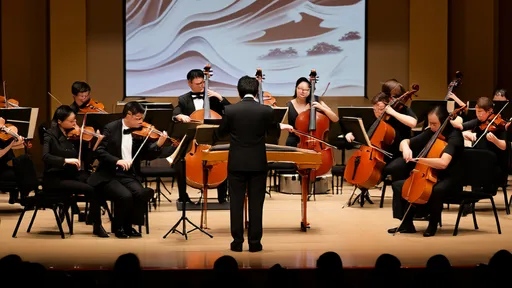
By /Jul 17, 2025

By /Jul 17, 2025
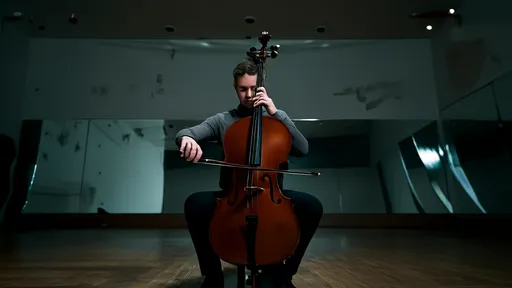
By /Jul 17, 2025

By /Jul 17, 2025

By /Jul 17, 2025

By /Jul 17, 2025
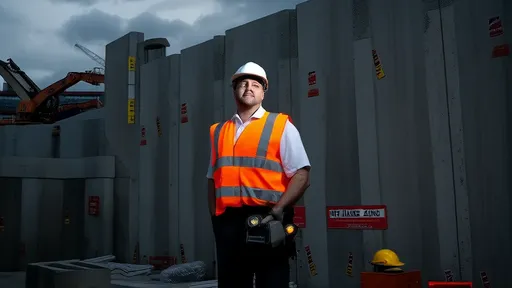
By /Jul 17, 2025
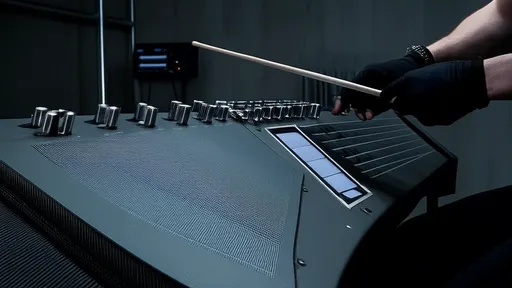
By /Jul 17, 2025

By /Jul 17, 2025

By /Jul 17, 2025

By /Jul 17, 2025

By /Jul 17, 2025

By /Jul 17, 2025
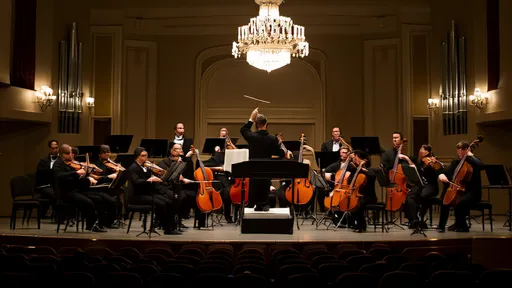
By /Jul 17, 2025

By /Jul 17, 2025

By /Jul 17, 2025

By /Jul 17, 2025
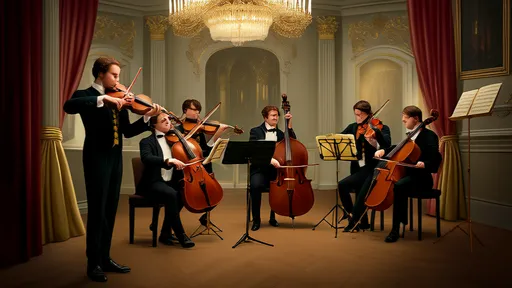
By /Jul 17, 2025